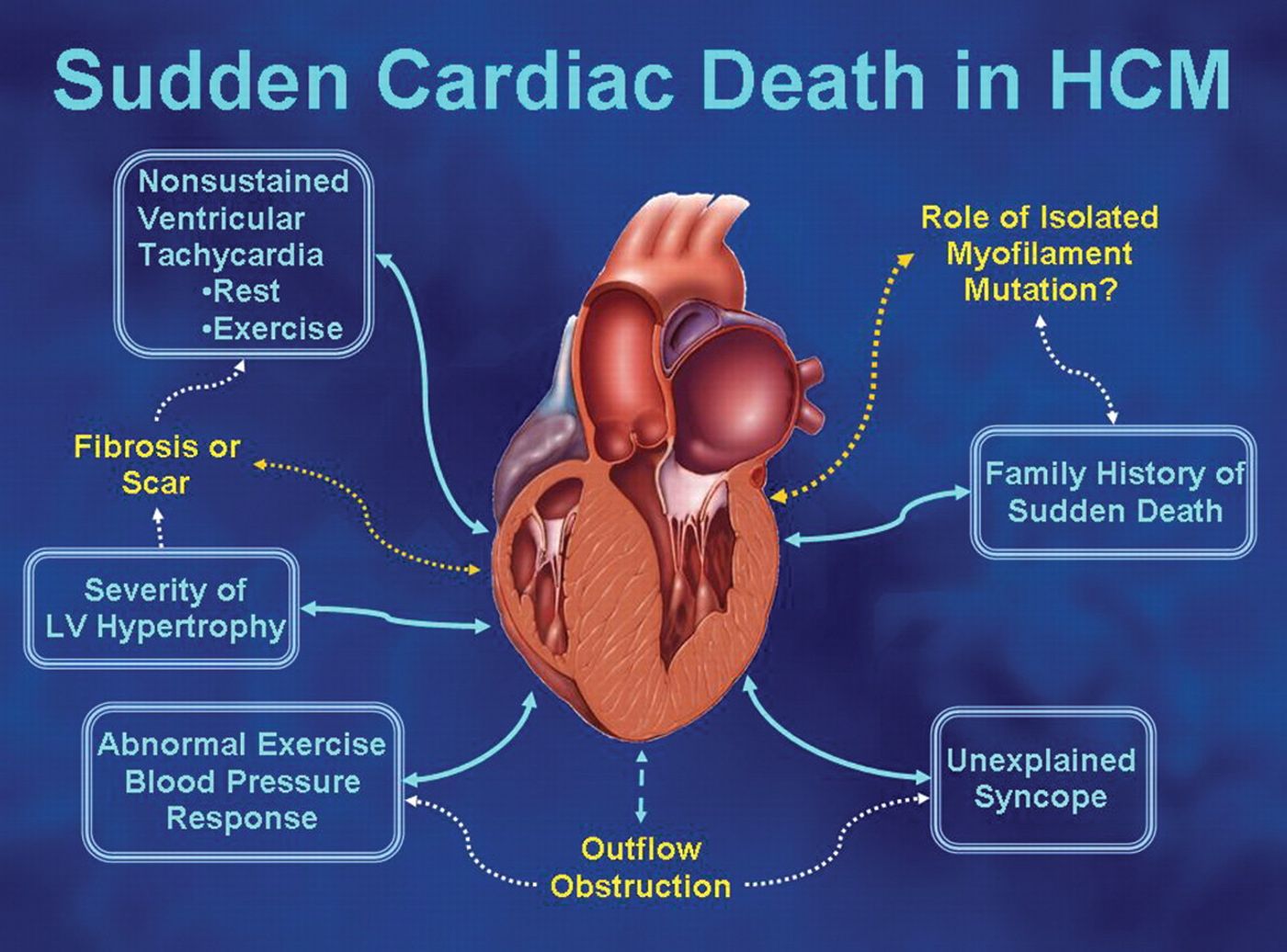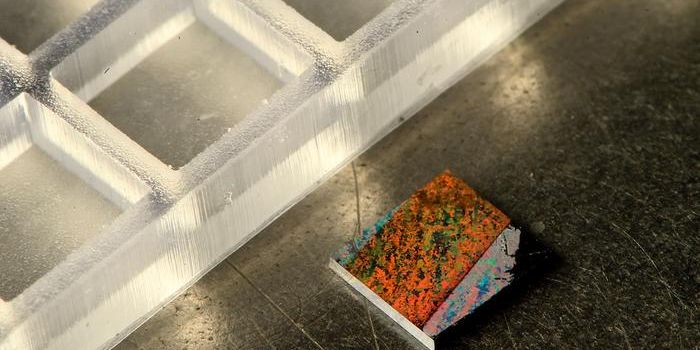A series of genetic disorders, some rare and some common, are connected to a heart condition that can cause sudden cardiac death. Until now scientists couldn’t identify how the two sets of diseases were connected. Now they think they have an answer, but more importantly, they also believe they have the solution.
A rare mutation in a gene called BRAF causes cardiofaciocutaneous syndrome (CFC), a disease which affects fewer than 300 people worldwide and causes abnormalities of the head, face, skin, and major muscles, like the heart. Nearly half of individuals with CFC also have a heart condition called hypertrophic cardiomyopathy (HCM). Although CFC is indeed an incredibly rare condition, other genetic diseases similar to CFC also have connections to HCM, and scientists believe that one explanation and one solution could help a large amount of individuals suffering from rare diseases.
Scientists from the Icahn School of Medicine at Mount Sinai Hospital investigated the role of a cell-signaling pathway called RAS/MAPK as the potential connection between HCM and diseases like CFC. In the lab, they created induced pluripotent stem cells from CFC patients’ skin cells, which were finally transformed into cardiomyocytes, the muscle cells of the heart responsible for the heartbeat.
Their unique cell culture model led to an observation that provides the foundation for what the Mount Sinai scientists now believe about the connection between HCM and CFC. They saw the cardiomyocytes created in the lab interacting with cells resembling fibroblasts, cells of the connective tissue family that produce collagen and other proteins in the face of tissue injury.
“These fibroblast-like cells seem to be producing an excess of a protein growth factor called TGF-beta, which, in turn, caused the cardiomyocytes to hypertrophy, or grow larger,” explained Bruce D. Gelb, MD. “We believe this is the first time the phenomenon has been observed using a human induced pluripotent stem cell model of the disease.”
After identifying TGF-beta as the cause of the hypertrophy, Gelb and the team then experimented with blocking TGF-beta in the lab using antibodies that bind to the growth factor. They successfully stopped further hypertrophy of the cardiomyocytes. Gelb also believes that the relationship between the fibroblast-like cells and cardiomyocytes is a vicious cycle - fibroblast-like cells trigger the release of TGF-beta growth factors, cardiomyocytes grow larger, causing the fibroblast-like cells to trigger more release of TGF-beta. Gelb and the team are now focused on proving the existence of the vicious cycle of hypertrophy.
There are no curative options for HCM, but this study provides the opportunity for scientists to “treat HCM by blocking specific cell signals,” which could help thousands of patients connected to the disease.
This study was recently published in the journal
Stem Cell Reports.
Sources:
Mount Sinai Hospital/Mount Sinai School of Medicine,
Molecular Biology of the Cell, 4th edition.









